Raymond Ptucha
Fully Convolutional Networks for Handwriting Recognition
Jul 10, 2019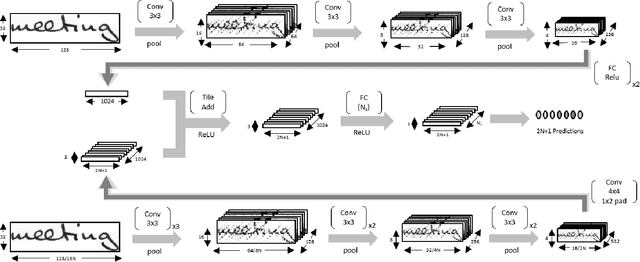
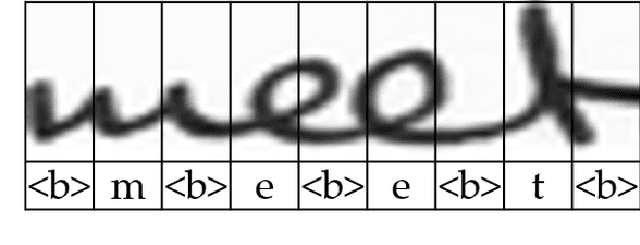

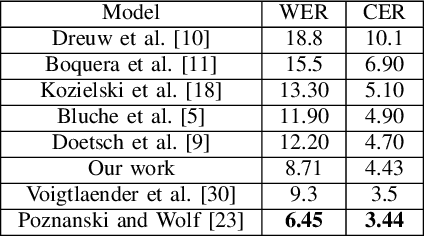
Abstract:Handwritten text recognition is challenging because of the virtually infinite ways a human can write the same message. Our fully convolutional handwriting model takes in a handwriting sample of unknown length and outputs an arbitrary stream of symbols. Our dual stream architecture uses both local and global context and mitigates the need for heavy preprocessing steps such as symbol alignment correction as well as complex post processing steps such as connectionist temporal classification, dictionary matching or language models. Using over 100 unique symbols, our model is agnostic to Latin-based languages, and is shown to be quite competitive with state of the art dictionary based methods on the popular IAM and RIMES datasets. When a dictionary is known, we further allow a probabilistic character error rate to correct errant word blocks. Finally, we introduce an attention based mechanism which can automatically target variants of handwriting, such as slant, stroke width, or noise.
Show, Translate and Tell
Mar 14, 2019
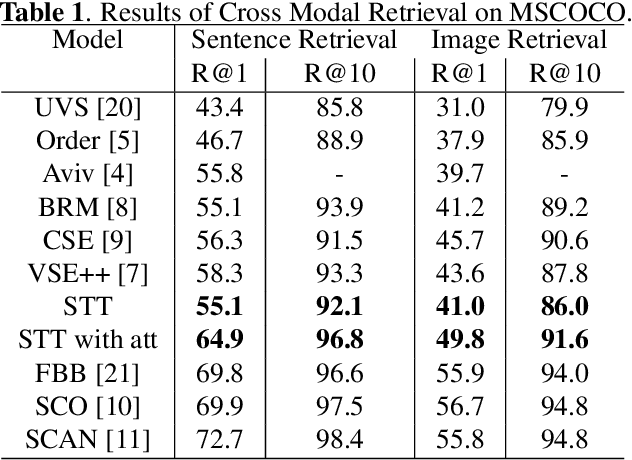
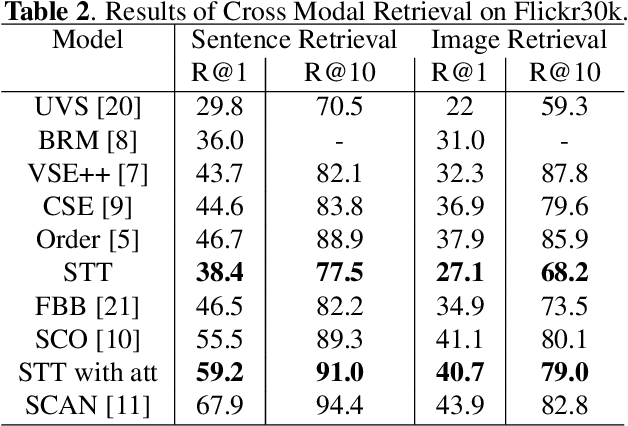
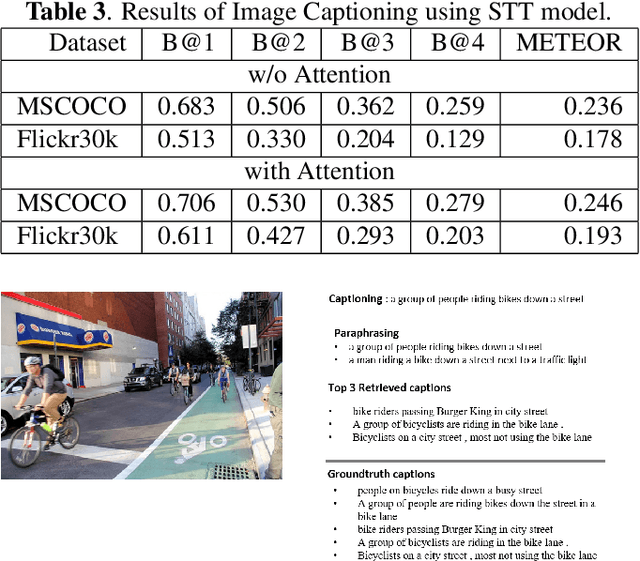
Abstract:Humans have an incredible ability to process and understand information from multiple sources such as images, video, text, and speech. Recent success of deep neural networks has enabled us to develop algorithms which give machines the ability to understand and interpret this information. There is a need to both broaden their applicability and develop methods which correlate visual information along with semantic content. We propose a unified model which jointly trains on images and captions, and learns to generate new captions given either an image or a caption query. We evaluate our model on three different tasks namely cross-modal retrieval, image captioning, and sentence paraphrasing. Our model gains insight into cross-modal vector embeddings, generalizes well on multiple tasks and is competitive to state of the art methods on retrieval.
Vector Learning for Cross Domain Representations
Sep 27, 2018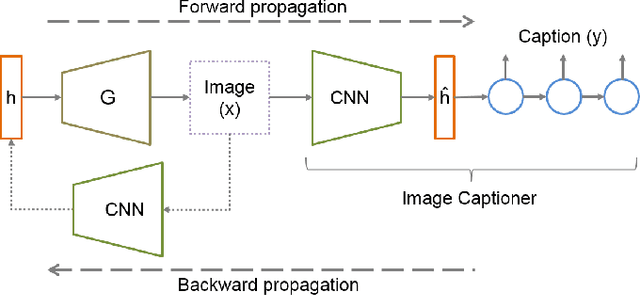
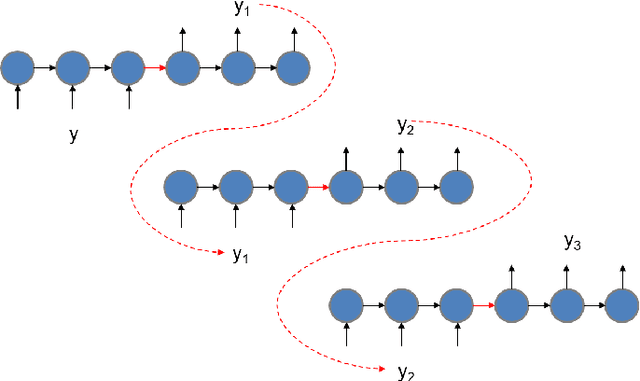
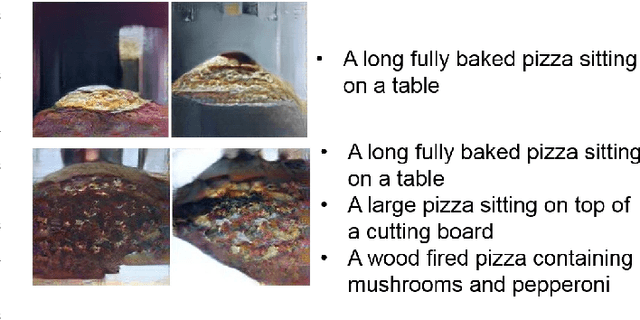

Abstract:Recently, generative adversarial networks have gained a lot of popularity for image generation tasks. However, such models are associated with complex learning mechanisms and demand very large relevant datasets. This work borrows concepts from image and video captioning models to form an image generative framework. The model is trained in a similar fashion as recurrent captioning model and uses the learned weights for image generation. This is done in an inverse direction, where the input is a caption and the output is an image. The vector representation of the sentence and frames are extracted from an encoder-decoder model which is initially trained on similar sentence and image pairs. Our model conditions image generation on a natural language caption. We leverage a sequence-to-sequence model to generate synthetic captions that have the same meaning for having a robust image generation. One key advantage of our method is that the traditional image captioning datasets can be used for synthetic sentence paraphrases. Results indicate that images generated through multiple captions are better at capturing the semantic meaning of the family of captions.
Batch-normalized Recurrent Highway Networks
Sep 26, 2018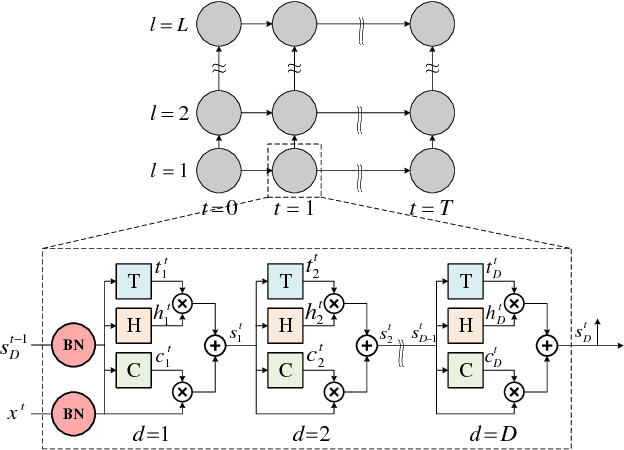
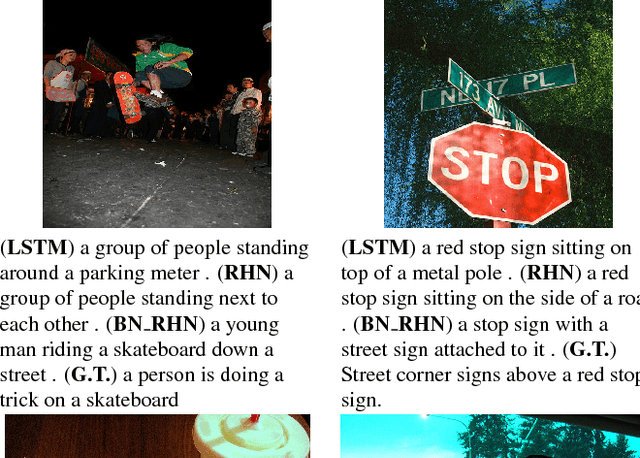
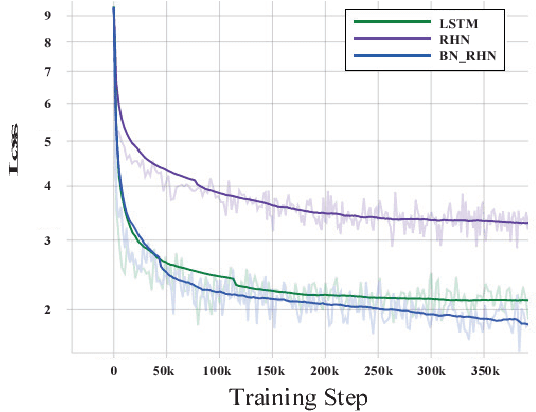
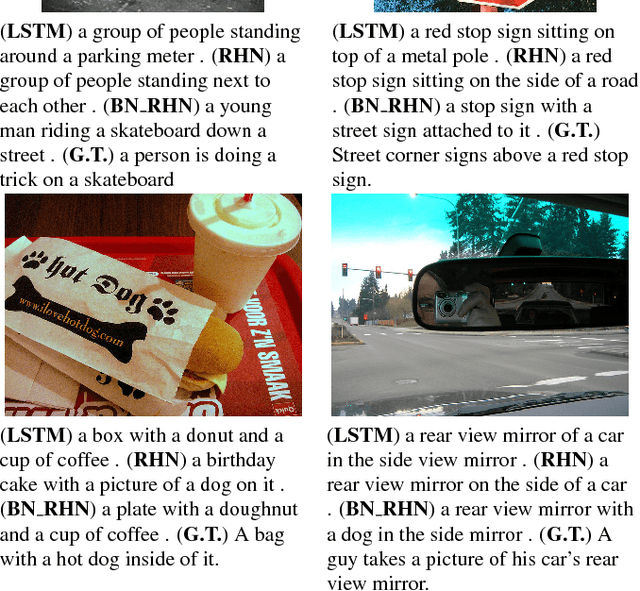
Abstract:Gradient control plays an important role in feed-forward networks applied to various computer vision tasks. Previous work has shown that Recurrent Highway Networks minimize the problem of vanishing or exploding gradients. They achieve this by setting the eigenvalues of the temporal Jacobian to 1 across the time steps. In this work, batch normalized recurrent highway networks are proposed to control the gradient flow in an improved way for network convergence. Specifically, the introduced model can be formed by batch normalizing the inputs at each recurrence loop. The proposed model is tested on an image captioning task using MSCOCO dataset. Experimental results indicate that the batch normalized recurrent highway networks converge faster and performs better compared with the traditional LSTM and RHN based models.
Semantic Sentence Embeddings for Paraphrasing and Text Summarization
Sep 26, 2018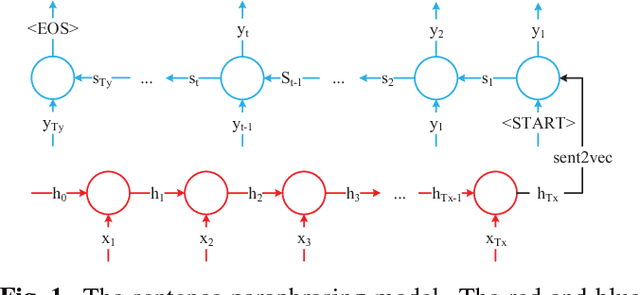

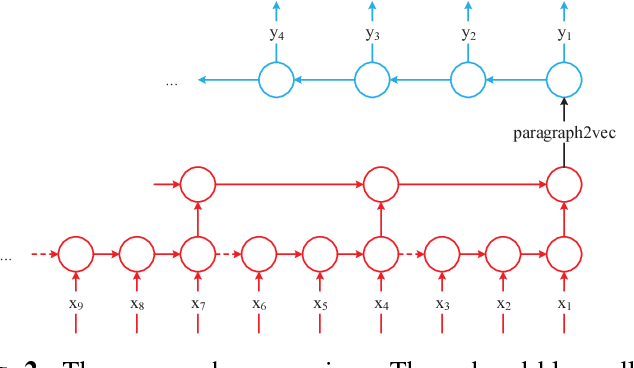

Abstract:This paper introduces a sentence to vector encoding framework suitable for advanced natural language processing. Our latent representation is shown to encode sentences with common semantic information with similar vector representations. The vector representation is extracted from an encoder-decoder model which is trained on sentence paraphrase pairs. We demonstrate the application of the sentence representations for two different tasks -- sentence paraphrasing and paragraph summarization, making it attractive for commonly used recurrent frameworks that process text. Experimental results help gain insight how vector representations are suitable for advanced language embedding.
Robust Spatial Filtering with Graph Convolutional Neural Networks
Jul 14, 2017
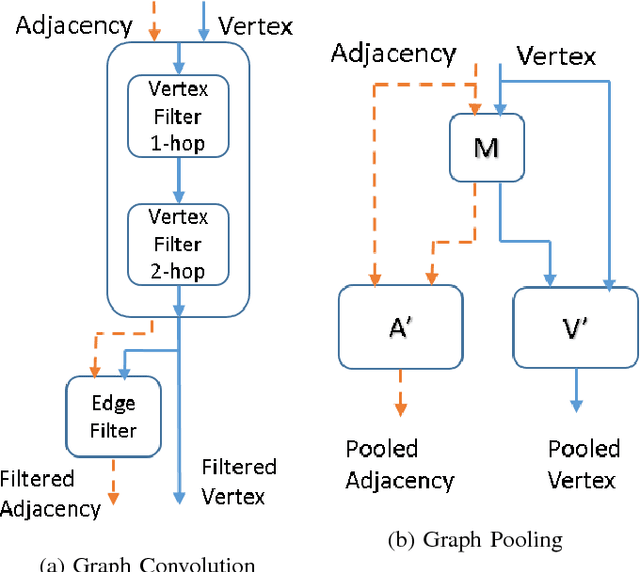

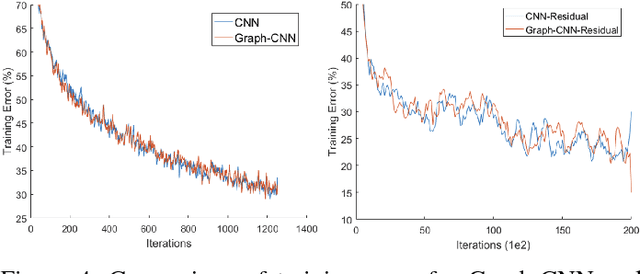
Abstract:Convolutional Neural Networks (CNNs) have recently led to incredible breakthroughs on a variety of pattern recognition problems. Banks of finite impulse response filters are learned on a hierarchy of layers, each contributing more abstract information than the previous layer. The simplicity and elegance of the convolutional filtering process makes them perfect for structured problems such as image, video, or voice, where vertices are homogeneous in the sense of number, location, and strength of neighbors. The vast majority of classification problems, for example in the pharmaceutical, homeland security, and financial domains are unstructured. As these problems are formulated into unstructured graphs, the heterogeneity of these problems, such as number of vertices, number of connections per vertex, and edge strength, cannot be tackled with standard convolutional techniques. We propose a novel neural learning framework that is capable of handling both homogeneous and heterogeneous data, while retaining the benefits of traditional CNN successes. Recently, researchers have proposed variations of CNNs that can handle graph data. In an effort to create learnable filter banks of graphs, these methods either induce constraints on the data or require preprocessing. As opposed to spectral methods, our framework, which we term Graph-CNNs, defines filters as polynomials of functions of the graph adjacency matrix. Graph-CNNs can handle both heterogeneous and homogeneous graph data, including graphs having entirely different vertex or edge sets. We perform experiments to validate the applicability of Graph-CNNs to a variety of structured and unstructured classification problems and demonstrate state-of-the-art results on document and molecule classification problems.
Neural Networks with Manifold Learning for Diabetic Retinopathy Detection
Dec 12, 2016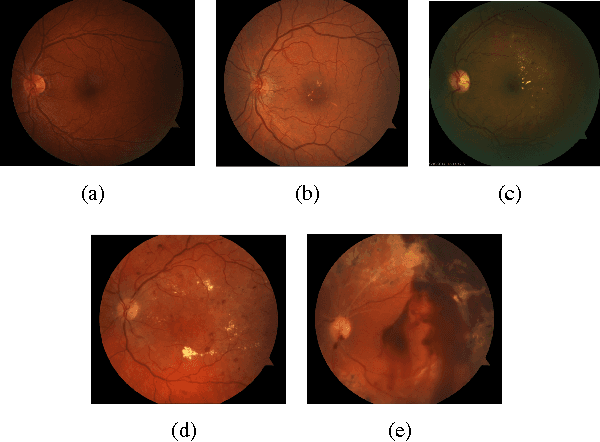



Abstract:Widespread outreach programs using remote retinal imaging have proven to decrease the risk from diabetic retinopathy, the leading cause of blindness in the US. However, this process still requires manual verification of image quality and grading of images for level of disease by a trained human grader and will continue to be limited by the lack of such scarce resources. Computer-aided diagnosis of retinal images have recently gained increasing attention in the machine learning community. In this paper, we introduce a set of neural networks for diabetic retinopathy classification of fundus retinal images. We evaluate the efficiency of the proposed classifiers in combination with preprocessing and augmentation steps on a sample dataset. Our experimental results show that neural networks in combination with preprocessing on the images can boost the classification accuracy on this dataset. Moreover the proposed models are scalable and can be used in large scale datasets for diabetic retinopathy detection. The models introduced in this paper can be used to facilitate the diagnosis and speed up the detection process.
 Add to Chrome
Add to Chrome Add to Firefox
Add to Firefox Add to Edge
Add to Edge